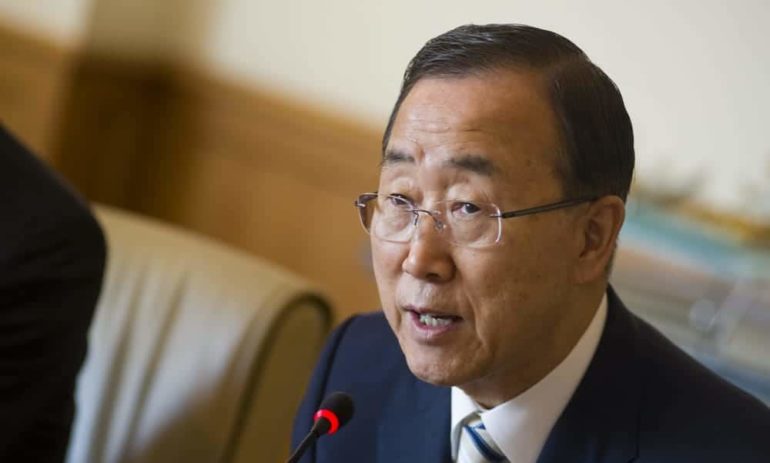On the heels of the Obama administration’s announcement of a goal to cut national food waste in half by 2030, the United Nations met on September 25, 2015 to adopt a similar objective as part of the new Sustainable Development Goals (SDGs).
Worldwide, the goal will be to reduce per capita food waste by half by the year 2030. The ambitious target—outlined by the 12th SDG for sustainable consumption and production—sets a new precedent for including food loss and food waste reduction within global development goals.
“We recognize the need to reduce inequalities and to protect our common home by changing unsustainable patterns of consumption and production,” says UN Secretary-General Ban Ki-moon.
Across the globe, a third of food produced is never eaten, resulting in 1.3 billion tons of food waste. Just one-quarter of this food could feed the 795 million chronically hungry people around the world.
“Our world leaders are taking a stand to keep more good food on people’s plates, and out of the trash. Too many people around the world are going hungry for us to be throwing away as much as we do,” says Dana Gunders, Staff Scientist at the Natural Resources Defense Council. “And world resources—from water to land and energy—are too scarce to squander them on growing and transporting food that will never be eaten.”
Leaders will aim to reduce waste along the entire food chain, from farm to plate. And innovators and farmers around the world are creating solutions to the problems of post-harvest food loss, using solar drying technologies and freezing to prevent spoilage. According to the World Bank, a reduction in post-harvest losses as small as 1 percent could lead to US$40 million in economic gains that would mainly benefit smallholder farmers.
Many other advocacy organizations and volunteer groups are rescuing food and recycling it for efficient use, feeding the hungry, or diverting scraps to composting programs. Join Food Tank in putting an end to food waste across the globe!













